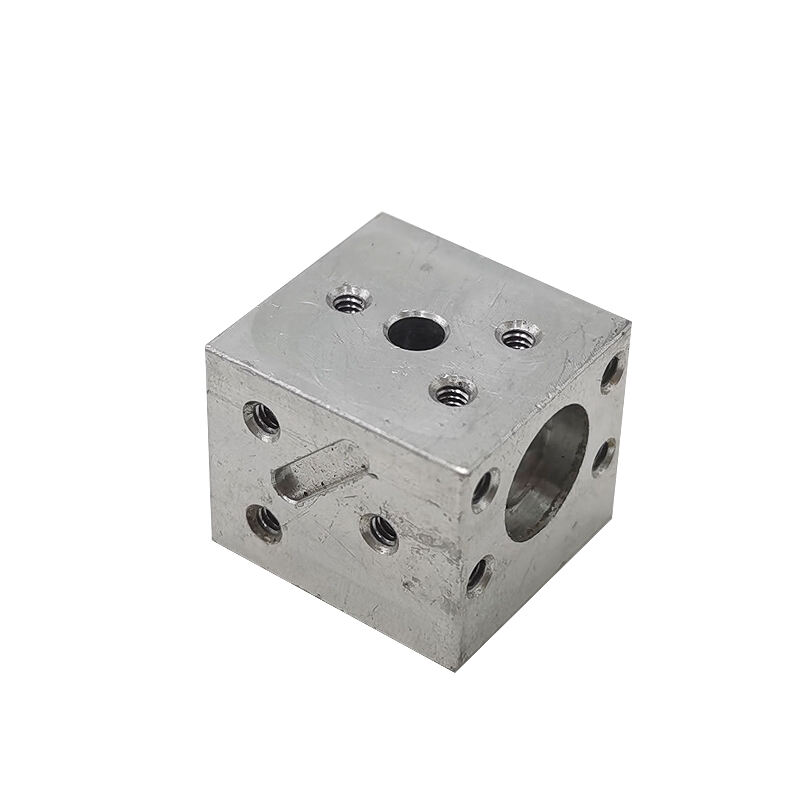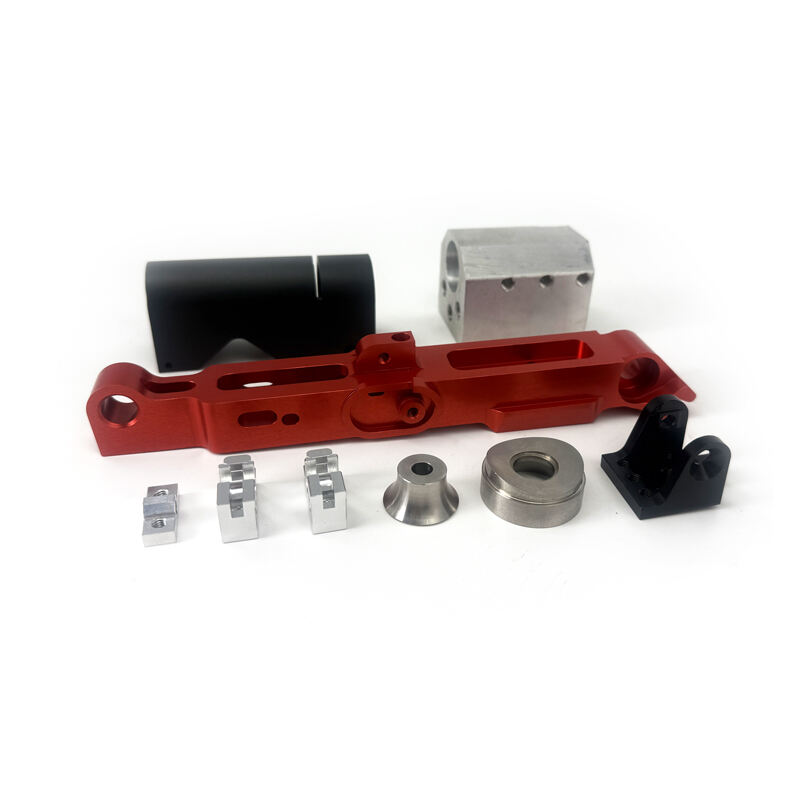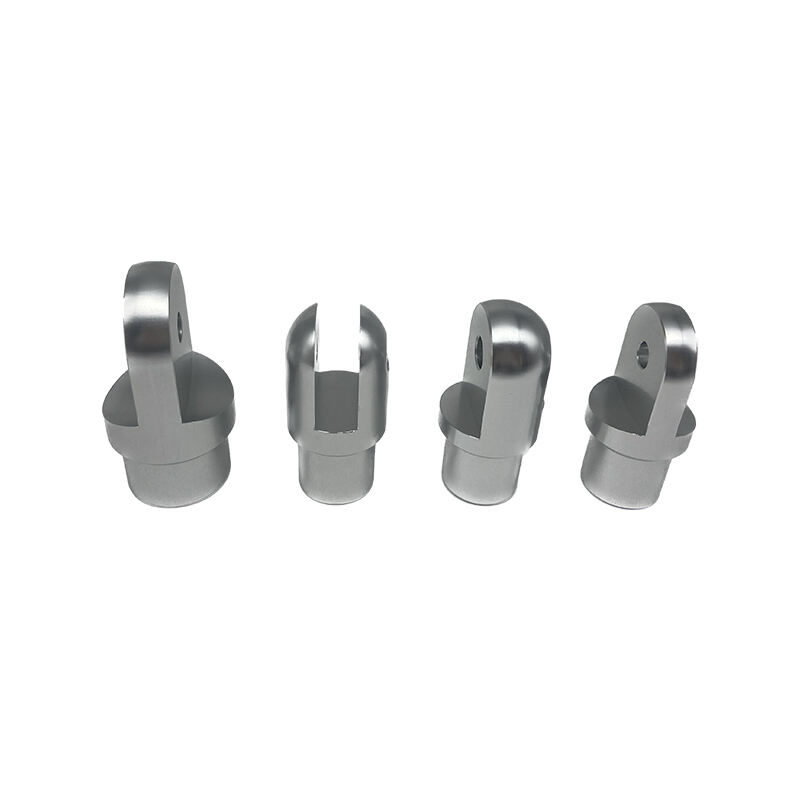cnc precision turning
CNC precision turning represents a cutting-edge manufacturing process that employs computer numerical control technology to create highly accurate cylindrical parts. This advanced machining method utilizes sophisticated software and automated controls to manipulate cutting tools and workpieces with exceptional precision. The process involves rotating a workpiece while a cutting tool moves in predetermined paths to remove material and achieve the desired shape and dimensions. Modern CNC turning centers are equipped with multiple axes of motion, allowing for complex geometries and intricate features to be machined with repeatable accuracy down to microns. The technology incorporates advanced spindle systems, thermal compensation, and real-time monitoring capabilities to maintain consistent quality throughout production runs. CNC precision turning is particularly valuable in industries requiring high-precision components, such as aerospace, automotive, medical device manufacturing, and electronics. The process can handle a wide range of materials, including metals, plastics, and composites, while maintaining tight tolerances and superior surface finishes. Additionally, these machines often feature automated tool changers, integrated measurement systems, and sophisticated coolant management, enabling efficient, uninterrupted production of complex parts.


